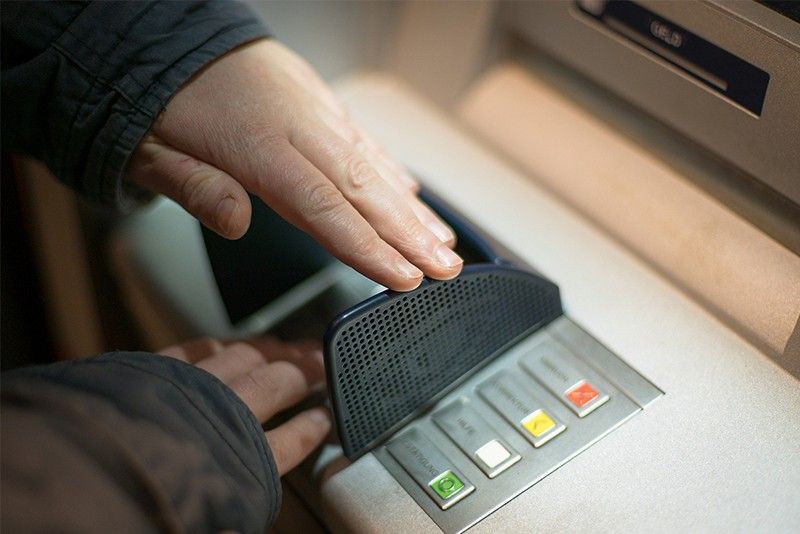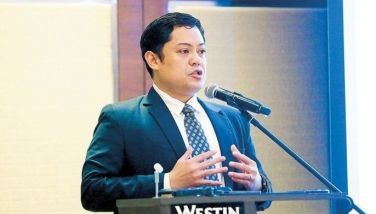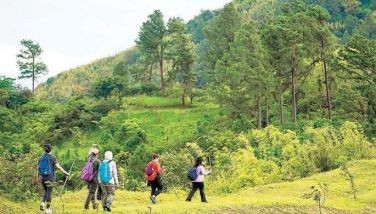Cashless push gains traction as 5-M more Filipinos own accounts

MANILA, Philippines — Five million more Filipinos opened accounts in financial institutions such as banks in two years ending 2019, laying evidence a slow industry push toward a more cashless society is finally gaining traction and likely accelerated further due to lockdowns.
In total, 20.9 million Filipino adults owned an account in either a bank, microfinance institution or cashless systems last year, up from 15.8 million recorded in 2017, results of the central bank’s Financial Inclusion Survey released Thursday showed.
Broken down, the increase in accountholders was driven mainly by people who owned electronic wallets or e-money accounts who rose to 8.1% of account owners from just 1.3% two years ago. The Bangko Sentral ng Pilipinas (BSP) welcomed the results.
“Accordingly, the survey results— even as they already suggest significant progress— do not yet reflect the accelerated adoption of digital financial services seen in the midst and in the wake of the pandemic,” BSP said in a statement.
Indeed, BSP Governor Benjamin Diokno himself has said his self-imposed target for the number and value of cashless transactions by 2023 could be achieved earlier, an indirect benefit of lockdowns that kept most people indoors and forced many to transact through their phones and in the Web.
Banking industry representatives have not responded to request for comment as of this posting.
Digital finance know-how missing
The central bank believes owning a financial account is a first step toward financial inclusion, a state where people from various income groups have direct and easy access to credit, a necessary ingredient toward personal prosperity and economic activity.
At the onset, the BSP survey showed the Philippines already enjoys the key advantage of a big mobile phone ownership to induce e-money usage. Sixty-nine percent of Filipino adults owned a cellphone last year, while 53% were found with access to the Internet.
Of those people however, only 9% of web users used the Internet to pay bills or transfer money online, while just 12% of phone owners did so.
“All these highlight the importance of financial and digital literacy as well as adequate consumer protection in promoting uptake of digital financial services,” BSP said.
“Survey results showed that digital divide, or the gap in terms of smartphone ownership and access to Internet, is evident in certain demographics,” it added.
Apart from cashless systems, bank accountholders also rose to 12.2% last year from 11.5% in previous two years. Members of microfinance institutions also went up 4 percentage points to 12.1%.
On the flip side, cooperative members declined to 1.7% from 2.9% during the same period, as well as loan associations that dipped to 0.1%.
Poor get more access
By income group, the good news is 27% of the poorest Filipinos opened a financial account last year, almost doubling from 14% in 2017. Class ABC still accounted for the bulk of accounts with 43% share.
By area, the gap in account ownership likewise narrowed, suggesting more people from the countryside were getting credit access. Visayas overtook Metro Manila to have the highest percentage of account owners at 35%. The National Capital Region had 32%, while at the bottom was Southern Luzon with 24%.
In total, the proportion of rural dwellers with financial access rose to 30%, overtaking urban users with only 27% of its population financially-connected. Female accountholders also outnumbered their male counterparts.
Despite the improvements, BSP said a majority of 51.2 million Filipino adults remained unbanked last year.
“The COVID-19 pandemic has demonstrated the necessity and benefit of digital payments, creating opportunities to accelerate broad-based adoption. Since government disbursements in cash are unexpectedly high, government can lead the digitalization efforts,” the BSP said.
“The BSP will therefore continue to intensify coordination with other government agencies... as well as the private sector (banks and fintechs) to promote widespread adoption of accounts and digital payments,” it added.
- Latest
- Trending






























